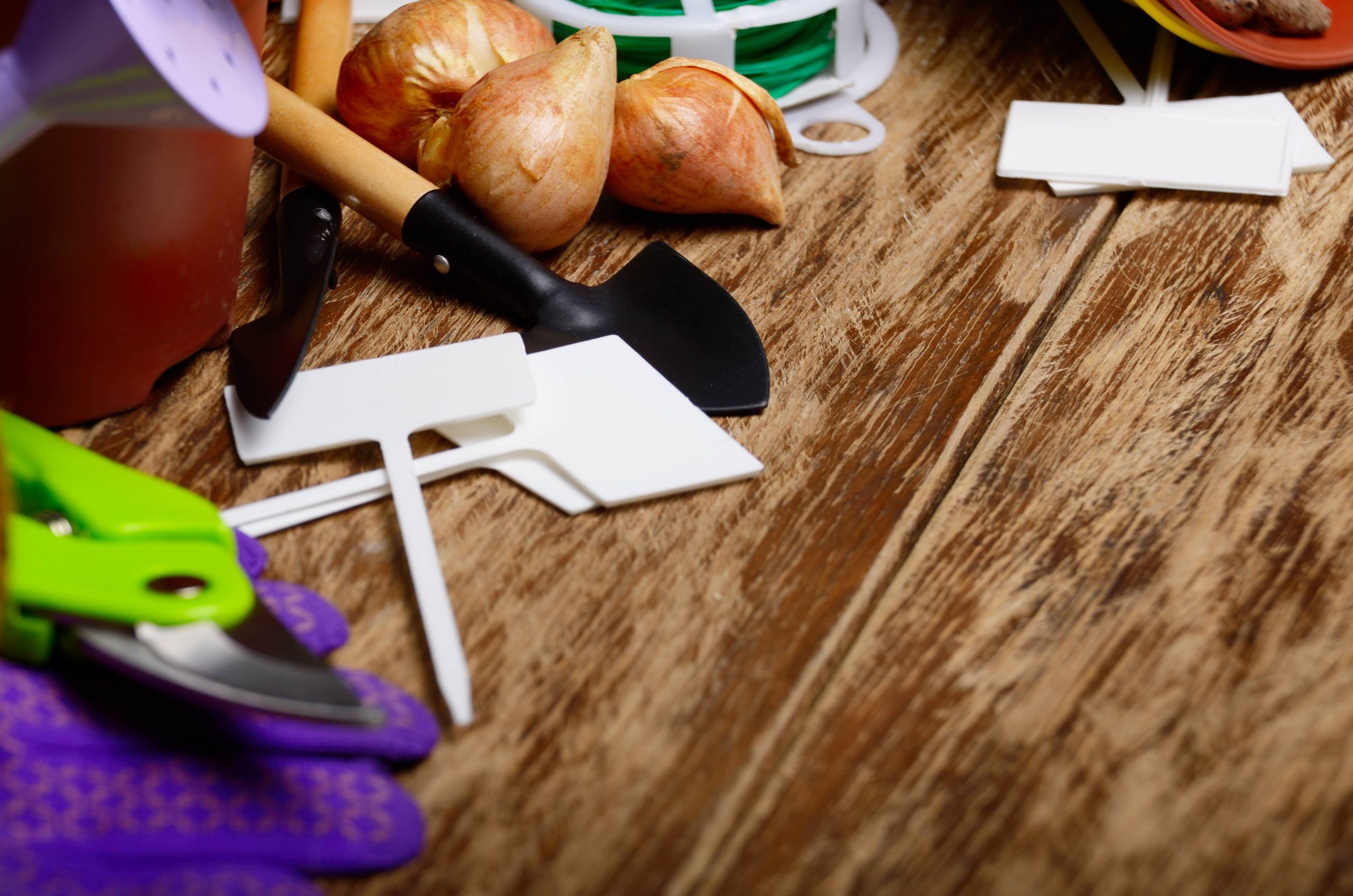
If you’ve recently moved into an older home or are looking to revitalize your space, one of the most rewarding DIY home improvement projects is refinishing hardwood floors. While it may seem intimidating at first, this comprehensive guide will walk you through every step of the process, ensuring that your floors are restored to their former glory.
Why Refinish Instead of Replace?
Before jumping into the “how,” let’s discuss the “why.” Refinishing hardwood floors is generally more cost-effective and environmentally friendly than replacing them. Moreover, older hardwood has a character and charm that’s often unmatched, and refinishing can bring that beauty back to life. This project can dramatically enhance the aesthetic of any room, adding value and elegance to your home.
Preparing Your Space
1. Assess the Condition of Your Floors
The first step is to assess whether your floors can be refinished. Floors with deep stains, severe warping, or extensive water damage may need more than just refinishing. A quick test to check the thickness of the wood is to remove a floor vent and observe the visible edge of the flooring.
2. Gather Your Tools and Materials
Before starting, you’ll need to gather essential tools and materials:
– Drum sander
– Edge sander
– Sandpaper (various grits)
– Floor buffer
– Vacuum
– Tack cloths
– Wood stain (if desired)
– Polyurethane finish
You can rent sanders from your local hardware store. Additionally, consider wearing safety gear like a dust mask and ear protection.
3. Clear and Clean the Room
Remove all furniture, rugs, and any obstacles. Clean the floor thoroughly to remove dirt and debris, which can interfere with the refinishing process.
Sanding the Floors
Sanding is a crucial step in the refinishing process, as it removes the old finish and evens out the surface.
1. Start with Coarse Sanding
Using the drum sander with coarse-grit sandpaper (around 36-grit), start sanding the floor. Sand along the grain of the wood to avoid scratches. Work in slow, steady movements, ensuring the sander is always moving to prevent gouges. Keep an eye out for nails or staples, as they can damage the sander.
2. Edge Sanding
Since the drum sander cannot reach areas close to the walls, use an edge sander to sand those sections. Be meticulous in these areas, as they are highly visible.
3. Progress to Medium and Fine Grits
Switch to a medium-grit sandpaper (around 60-80 grit) and sand the entire floor again. This step smoothens out the scratches left by the coarse sanding. Finally, finish with fine-grit sandpaper (around 100-120 grit) for a sleek and smooth surface.
4. Vacuum and Tack the Floor
After sanding, thoroughly vacuum the floor. Follow up with tack cloths to remove any fine dust and ensure a clean surface for staining and finishing.
Staining (Optional)
If you wish to change the color of your hardwood floors, now is the time to apply wood stain.
1. Test the Stain
Always test the stain on a small, inconspicuous area to see how it looks once applied and dried.
2. Application
Using a clean, dry cloth or a brush, apply the stain in the direction of the wood grain. Work in small sections to ensure even coverage. Remove excess stain with a clean cloth. Allow the stain to dry completely according to the manufacturer’s instructions before moving on to finishing.
Finishing the Floors
The finish is what protects your floor and provides a beautiful sheen.
1. Choose Your Finish
The most common finishes are water-based and oil-based polyurethane. Water-based finishes dry faster and have less odor, while oil-based finishes tend to be more durable. Choose based on your preference and needs.
2. Apply the Finish
Using a brush or a roller, apply the polyurethane finish in thin, even coats, working with the grain of the wood. Ensure the area is well-ventilated. Allow each coat to dry completely before lightly sanding with fine-grit sandpaper to remove any imperfections. Typically, two to three coats provide the best protection.
3. Final Buff
Once the final coat is dry, use a floor buffer to achieve a professional-grade finish. This step helps to ensure your floor is glossy and smooth.
Maintenance Tips
After all the hard work, maintaining your newly refinished hardwood floors is crucial:
– Use rugs or mats in high-traffic areas.
– Attach felt pads to the bottom of furniture to prevent scratching.
– Clean spills immediately to avoid stains or water damage.
– Sweep or vacuum regularly to keep dust and debris from scratching the surface.
Conclusion
Refinishing hardwood floors can be a labor-intensive project, but the results are well worth the effort. By following these steps, you’ll breathe new life into your wooden floors and transform your home. Not only will you have saved on the cost of hiring a professional, but you’ll also gain the satisfaction of having completed a challenging and rewarding DIY project. With patience and attention to detail, your hardwood floors will shine with timeless beauty, making your space feel fresh and inviting. Happy refinishing!







